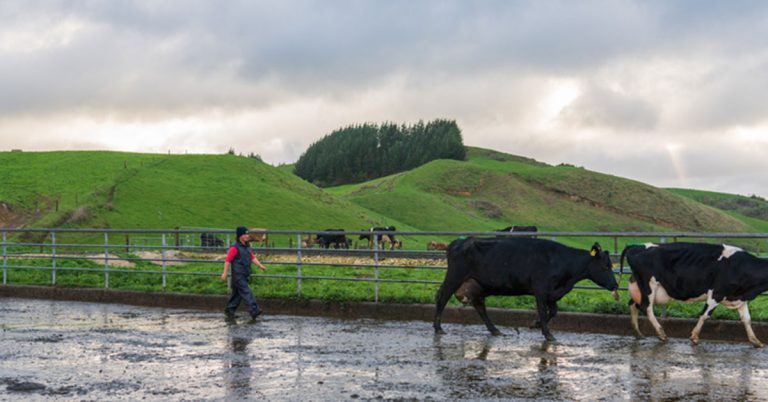
Photo: Getty Images
The gender bias in the leadership of the primary agriculture sector in New Zealand means it is missing out on a wealth of talent that is vital to reach its future goals.
This was according to agribusiness entrepreneur Bridgit Hawkins, who recently launched the Fields of Change project, to begin what she describes as a long-overdue conversation about women’s leadership in agriculture.
According to the New Zealand Farmers Weekly magazine, about 80% of those who hold senior leadership roles in New Zealand’s primary sector companies were men, despite women making up more than half of graduates in agricultural fields.
Hawkins said the project aimed to find out why the sector was missing a generation of women business leaders, which she said would result in agriculture in New Zealand struggling to retain its status as a world-leading player.
“There’s fundamentally something that’s not happening in terms of how our major organisations are structured and the type of programmes they have in place. Nothing is different now from the 1980s and 1990s,” Hawkins said.
As more than half the members of the graduate programmes run by large primary sector companies were filled by women, Hawkins said she asked herself where they went after graduation.
“We need to understand what needs to change to ensure more of them actually have a career path right through to the top of organisations,” she said.
“We must advocate for better opportunities for women, who tend to disappear within our agribusiness sector at middle management, hitting a ceiling and missing out on crucial pathways to executive leadership opportunities, where they could create positive change and have real impact in day-to-day operations.”












